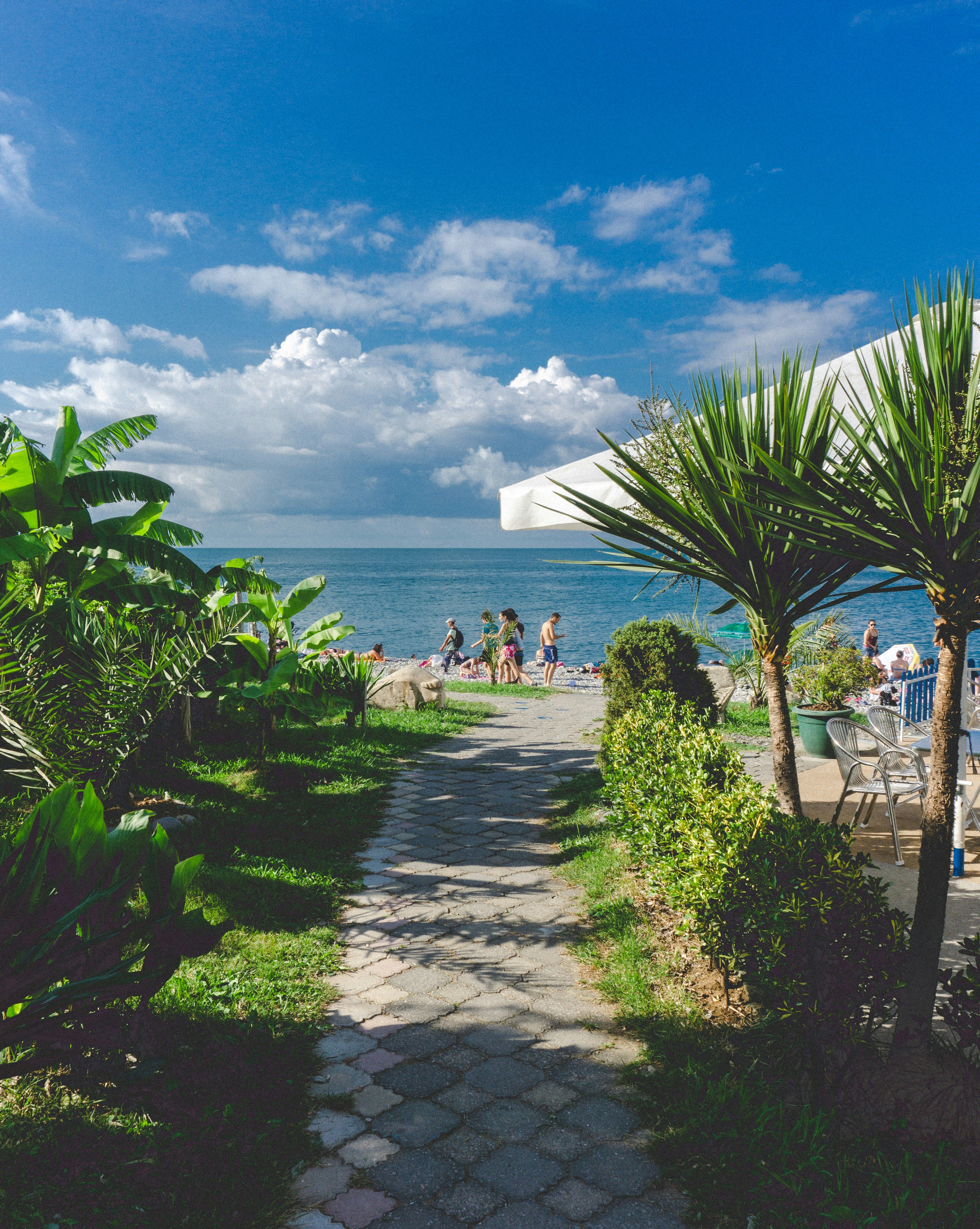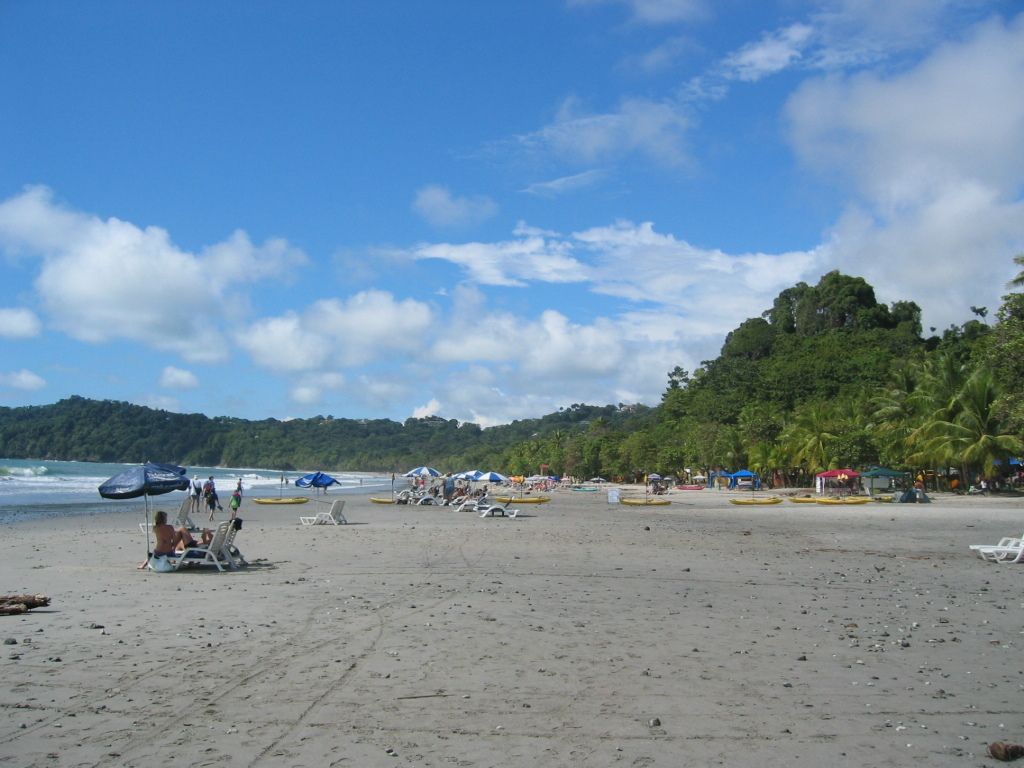Expanded Food Court Scene Found in South Ural Region
In the sunlit expanse of the Southern Urals, food courts and delivery services have been popping like dandelions in spring. The region's recent bustle is further escalated by the opening of new coffee shops, bars, and eateries from major franchises, as per the May issue of the Bank of Russia's "Regional Economy: Insights from the GU".
The Chelyabinsk area has seen a surge of cafes, restaurants, and food stations in public spaces and promenades, marking the onset of the summer terrace season in April-May. However, restaurant owners have reported a noticeable drop in new customers and a decline in the average bill per visit.
Competition from pre-packaged ready-to-eat food outlets and delivery services seems to be the culprit behind the stunted price growth. The report notes, "While costs in the industry continue to ascend, primarily due to increased ingredient expenses, utilities, labor costs, and rent."
The "Regional Economy: Insights from the GU" report is concocted from a mix of expert opinions, official statistics, and data gathered from over 15,000 enterprises. These insights play a pivotal role in the Board of Directors' decisions regarding the key interest rate.
Now, let's delve deeper into the factors influencing this shift. The region's economy has been facing a slowdown, with projected GDP growth dipping to a mere 1.0% in 2025 and 1.2% in 2026. This economic downturn is fueled by factors like reduced demand, tax increases, inflation, and restricted monetary policy, all of which squeeze disposable income, thus dampening consumer spending in the hospitality sector.
The regional and national economy's reliance on oil, with Urals oil trading at lower prices recently, affects overall economic health and consumer confidence. Weather patterns in the agricultural sector can be unpredictable, which, in turn, might influence local agricultural output. Inconsistent weather can disrupt local agriculture, leading to increased food supply costs and, subsequently, price increases in restaurants.
Shifting consumer preferences are also playing a significant role. There's a growing focus on authentic, local, and seasonal products. While this emphasis can attract niche customers, it may not appeal to a broader audience, affecting the influx of new customers. As economic pressures increase, consumers may perceive dining out as less vital, leading to fewer visits and small bills.
In some cases, hotel restaurants are catering to the demand for specialized spaces, offering meeting rooms, private halls, and themed atmospheres. This shift can generate additional revenue from event hosting, but it might not significantly boost regular walk-in traffic or the average bill size per individual customer.
To sum up, the drop in new customers and average check in the Southern Urals restaurant industry can be largely attributed to economic slowdown and the squeezing of purchasing power, combined with unpredictable agricultural conditions and shifting consumer preferences toward experiences and value.
In the economic landscape of the Southern Urals, the decline in new customers and average bill per visit in restaurants can be traced back to several factors, including increased competition from pre-packaged ready-to-eat food outlets and delivery services, a slowdown in regional and national economy, reduced disposable income due to economic downturn, and shifting consumer preferences towards local, seasonal products and experiences. This is supported by the Bank of Russia's "Regional Economy: Insights from the GU" report, which sheds light on the financial and lifestyle aspects of the region, including the business sector.
Furthermore, the sluggish growth in the average bill size per visit could potentially be influenced by the rise in costs within the industry, such as increased ingredient expenses, utilities, labor costs, and rent, as noted in the same report. These factors highlight the interconnectedness of finance, lifestyle, food-and-drink, and business in the region.






